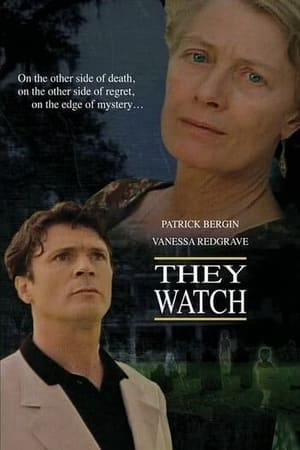
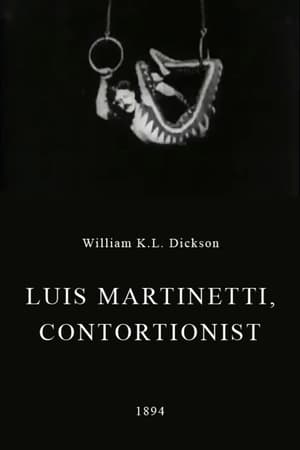
Luis Martinetti, Contortionist(1894)
Luis Martinetti, a contortionist suspended from acrobatic flying rings, contorts himself for about thirty seconds. This is one of the first films made for Edison's kinetoscopes.

Movie: Luis Martinetti, Contortionist
Top 1 Billed Cast
Himself

Luis Martinetti, Contortionist
HomePage
Overview
Luis Martinetti, a contortionist suspended from acrobatic flying rings, contorts himself for about thirty seconds. This is one of the first films made for Edison's kinetoscopes.
Release Date
1894-01-01
Average
5
Rating:
2.5 startsTagline
Genres
Languages:
No LanguageKeywords
Recommendations Movies
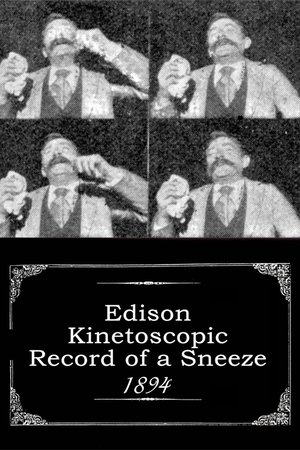 4.8
4.8Edison Kinetoscopic Record of a Sneeze(xx)
A man (Thomas Edison's assistant) takes a pinch of snuff and sneezes. This is one of the earliest Thomas Edison films and was the second motion picture to be copyrighted in the United States.
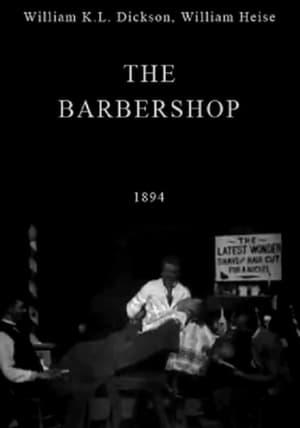 4.9
4.9The Barber Shop(xx)
“Interior of Barber Shop. Man comes in, takes off his coat; sits down, smokes; is handed a paper by attendant, who points out a joke; both laugh. Meantime the man in the chair is shaved and has his hair cut. Very funny.” (Edison's Latest Wonders, 1894)
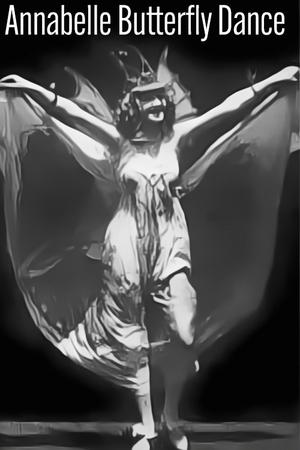 5.4
5.4Annabelle Butterfly Dance(xx)
Annabelle (Whitford) Moore performs one of her popular dances. For this performance, her costume has a pair of wings attached to her back, to suggest a butterfly. As she dances, she uses her long, flowing skirts to create visual patterns.
Pain(en)
Dad catches a ball badly, injuring his finger. His guttural scream instantly hushes the entire sports complex. Sarah is paralysed. She barely recognises him; red faced, clutching his hand and crying. In the sanctuary of the locker changing rooms, Sarah explores and tests theories about what has happened with her Dad. She questions who her father is while struggling to grasp the concept of pain, both inside and out. Having found an apparent conclusion, Sarah returns to an apologetic Dad, and decides to put his promises to the test.music:Annette Focksproducer:Tobias Rosen, Heike Wiehle-Timmproduction:Relevant Film, Warner Bros Entertainment Germanybacking:Deutscher Filmförderfonds (DFFF) (DE), Schleswig-Holstein Film Commission (DE), Filmförderungsanstalt (FFA)(DE)distributor:Warner Bros Entertainment Germany
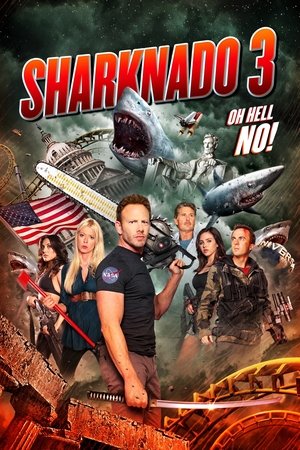 4.6
4.6Sharknado 3: Oh Hell No!(en)
The sharks take bite out of the East Coast when the sharknado hits Washington, D.C. and Orlando, Florida.
Kill Bill Parody(en)
A woman and her child are kidnapped by her lover and plans revenge on him.
Defeat of the German Forces Near Moscow: The Restored Soviet WW2 Documentary(ru)
Soviet wartime cameramen accompanied the fighting troops of the Red Army on foot, aboard their tanks, and in their aircraft to film this epochal documentary of the Battle of Moscow that halted the vaunted and---until then, unstoppable---German war machine cold in its tracks.
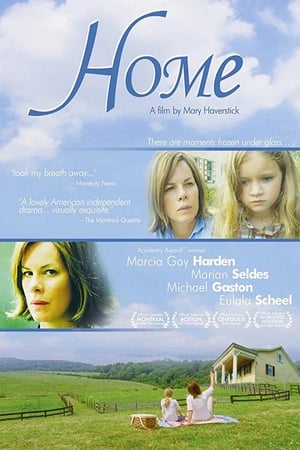 5.2
5.2Home(en)
Inga is a mother with the soul of a poet at a crossroads. Her estranged husband Hermann is bereft of emotional support for her in the wake of her recovery from breast cancer, let alone her passion for buying and restoring and house that reminds her of her childhood home. She shares a close bond with her eight-year-old daughter, and though she is troubled by her decaying marriage, she retains a strong spirit of optimism, as expressed in her own writing.
 5.9
5.9Gunpowder(ru)
At the end of September 1941, Soviet artillery troops in besieged Leningrad realize that pretty soon they will fire their last shot, and after that the defense of the city will be doomed. The film is based on a true event: a small group of fearless soldiers transported a large supply of gunpowder through enemy lines to Leningrad.
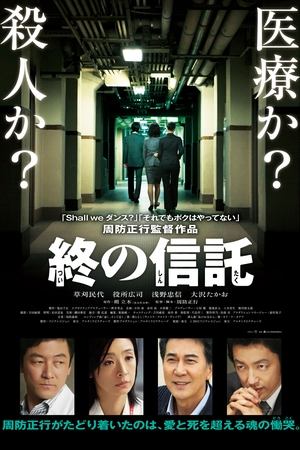 6.0
6.0The Terminal Trust(ja)
Shinzo Egi is an asthma sufferer who does not want to be place on life support. As a last request, Shinzo Egi asks his doctor Ayano Orii if she could follow his wish. Doctor Ayano Orii is then questioned in a criminal case because of her decision.
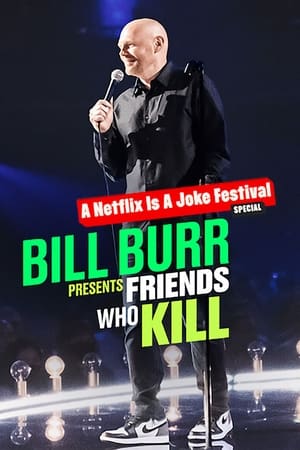 5.6
5.6Bill Burr Presents: Friends Who Kill(en)
In a night of killer comedy, Bill Burr hosts a showcase of his most raucous stand-up comic pals as they riff on everything from COVID to Michael Jackson.
 9.7
9.7Jennifer Lopez | All I Have(en)
"Jennifer Lopez: All I Have" was the first concert residency by American entertainer Jennifer Lopez. Performed at Zappos Theater (formerly The AXIS Theater) located in the Planet Hollywood Resort & Casino in Las Vegas, Nevada, the residency began on January 20, 2016 and concluded on September 29, 2018. The show has received critical acclaim for its production and Lopez's showmanship. The residency grossed $101.9 million after 120 shows, making it the sixth highest-grossing Las Vegas residency of all time, and the top residency by a Latin artist.
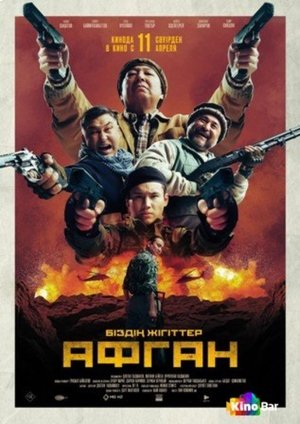 7.3
7.3Afgan(kk)
A large number of drugs enter Kazakhstan from Afghanistan. To stop this, a special group must be created. The Ministry decides to send intelligence officer Oraz and two of his friends there, who participated in the war in Afghanistan and know the country well. The three veterans are joined by a young scout who despises the "old men". They will have to solve the drug problem, despite the conflict between two generations.
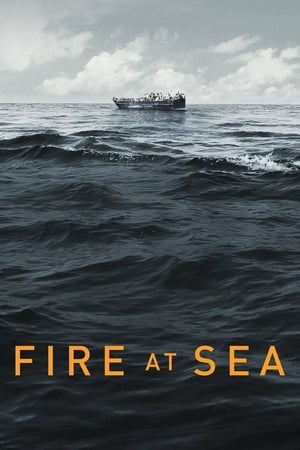 6.7
6.7Fire at Sea(it)
Capturing life on the Italian island of Lampedusa, a frontline in the European migrant crisis.
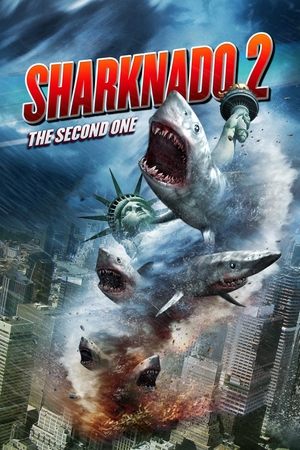 4.6
4.6Sharknado 2: The Second One(en)
A freak weather system turns its deadly fury on New York City, unleashing a Sharknado on the population and its most cherished, iconic sites - and only Fin and April can save the Big Apple.
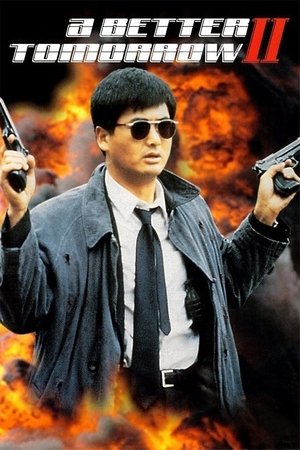 7.0
7.0A Better Tomorrow II(zh)
A restauranteur teams up with a police officer and his ex-con brother to avenge the death of a friend's daughter.
 5.8
5.8Helter Skelter(en)
The rise of Charles Manson and his "family," who are responsible for a series of famous murders in the late 1960s. Manson, a magnetic and mysterious man, attracts road-weary single mother Linda Kasabian to join his collection of outcasts on a ranch outside of Los Angeles. After murdering actress Sharon Tate, Manson and his followers are investigated by district attorney Vincent Bugliosi.
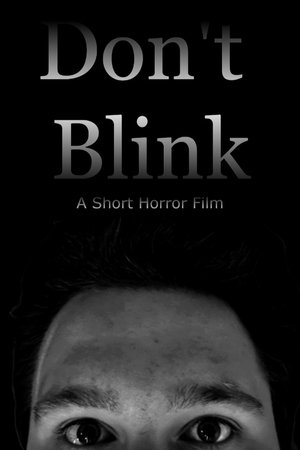 6.9
6.9Don't Blink(en)
A young man talks to his psychiatrist about strange visions he has been having in his dreams.
Similar Movies
 7.1
7.1Nanook of the North(en)
This pioneering documentary film depicts the lives of the indigenous Inuit people of Canada's northern Quebec region. Although the production contains some fictional elements, it vividly shows how its resourceful subjects survive in such a harsh climate, revealing how they construct their igloo homes and find food by hunting and fishing. The film also captures the beautiful, if unforgiving, frozen landscape of the Great White North, far removed from conventional civilization.
 7.5
7.5Berlin: Symphony of a Great City(de)
A day in the city of Berlin, which experienced an industrial boom in the 1920s, and still provides an insight into the living and working conditions at that time. Germany had just recovered a little from the worst consequences of the First World War, the great economic crisis was still a few years away and Hitler was not yet an issue at the time.
 7.1
7.1The Arrival of a Train at La Ciotat(fr)
A group of people are standing along the platform of a railway station in La Ciotat, waiting for a train. One is seen coming, at some distance, and eventually stops at the platform. Doors of the railway-cars open and attendants help passengers off and on. Popular legend has it that, when this film was shown, the first-night audience fled the café in terror, fearing being run over by the "approaching" train. This legend has since been identified as promotional embellishment, though there is evidence to suggest that people were astounded at the capabilities of the Lumières' cinématographe.
R. F. Outcault Making a Sketch of Buster and Tige(en)
Buster Brown creater R.F. Outcault sketches his creation. Part of the Buster Brown series for Edison film studio.
 4.7
4.7Railway Station(pl)
Kieslowski’s later film Dworzec (Station, 1980) portrays the atmosphere at Central Station in Warsaw after the rush hour.
 5.2
5.2Carmencita(xx)
The first woman to appear in front of an Edison motion picture camera and possibly the first woman to appear in a motion picture within the United States. In the film, Carmencita is recorded going through a routine she had been performing at Koster & Bial's in New York since February 1890.
 5.6
5.6Blacksmithing Scene(xx)
Three men hammer on an anvil and pass a bottle of beer around. Notable for being the first film in which a scene is being acted out.
 6.3
6.3Roundhay Garden Scene(en)
The earliest surviving celluloid film, and believed to be the second moving picture ever created, was shot by Louis Aimé Augustin Le Prince using the LPCCP Type-1 MkII single-lens camera. It was taken in the garden of Oakwood Grange, the Whitley family house in Roundhay, Leeds, West Riding of Yorkshire (UK), possibly on 14 October 1888. The film shows Adolphe Le Prince (Le Prince's son), Mrs. Sarah Whitley (Le Prince's mother-in-law), Joseph Whitley, and Miss Harriet Hartley walking around in circles, laughing to themselves, and staying within the area framed by the camera. The Roundhay Garden Scene was recorded at 12 frames per second and runs for 2.11 seconds.
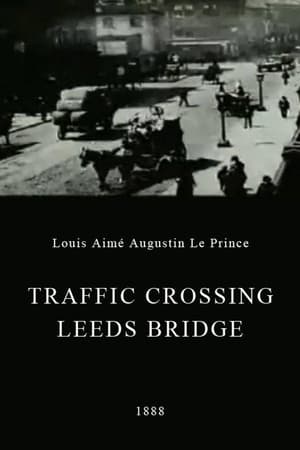 5.9
5.9Traffic Crossing Leeds Bridge(xx)
A film by Louis Aimé Augustin Le Prince, shot in late October 1888, showing pedestrians and carriages crossing Leeds Bridge.
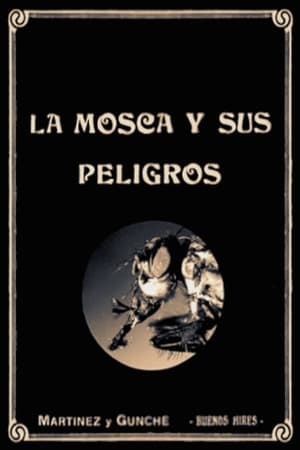 5.4
5.4The Dangers of the Fly(es)
The Dangers of the Fly is an educational film made by Ernesto Gunche and Eduardo Martínez de la Pera, also responsible for Gaucho Nobility (1915), the biggest blockbuster of Argentinean silent cinema. De la Pera was a talented photographer, always willing to try new gadgets and techniques. This film experiments with microphotography in the style of Jean Comandon's films for Pathé and it is part of a series which included a film about mosquitoes and paludism and another one about cancer, which are considered lost. Flies were a popular subject of silent films and there are more than a dozen titles featuring them in the teens and early twenties.
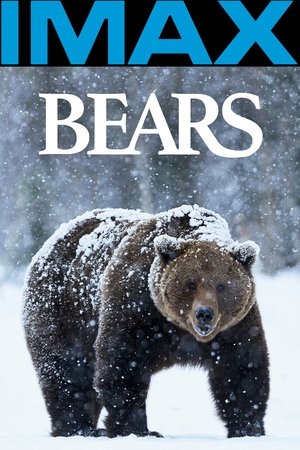 5.6
5.6Bears(en)
From polar bears in the arctic tundra to black bears in the Northern Rockies, you'll see some of the most spectacular footage ever shot of these enterprising omnivores. Catch salmon with a group of hungry grizzlies on the McNeil River in Alaska. Crawl inside a den with a mother black bear and her cubs. Learn about the challenges facing each of these species as their habitat diminishes.
 7.5
7.5Chronos(en)
Carefully picked scenes of nature and civilization are viewed at high speed using time-lapse cinematography in an effort to demonstrate the history of various regions.
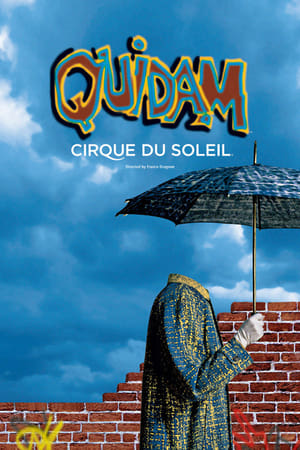 7.6
7.6Cirque du Soleil: Quidam(en)
A young girl has already seen everything there is to see and her world has lost all meaning. Her anger shatters her world and she finds herself in the universe of QUIDAM, where she is joined by a playful companion, as well as another mysterious character who attempts to seduce her with the marvelous, the unsettling and the terrifying.
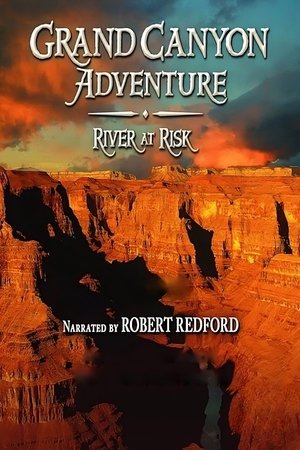 5.5
5.5Grand Canyon Adventure: River at Risk(en)
A documentary about a 15-day river-rafting trip on the Colorado River aimed at highlighting water conservation issues.
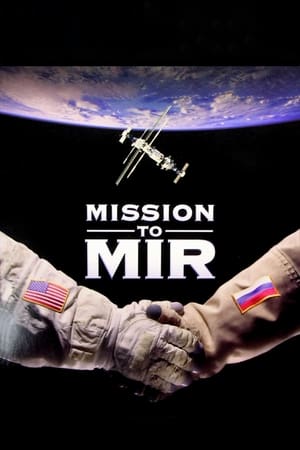 6.5
6.5Mission to Mir(en)
This film shows how far we have come since the cold-war days of the 50s and 60s. Back then the Russians were our "enemies". And to them the Americans were their "enemies" who couldn't be trusted. Somewhere in all this a young girl in Oklahoma named Shannon set her sights on becoming one of those space explorers, even though she was told "girls can't do that." But she did.
 7.0
7.0Straight Up: Helicopters in Action(en)
Straight Up: Helicopters in Action will take audiences on a series of aerial adventures. Fly along with skilled helicopter crews as they carry out sea and mountain rescues, apprehend drug smugglers, repair high voltage lines, save endangered animals, deliver humanitarian aid, and undertake a reconnaissance mission. Learn how helicopters are flown.
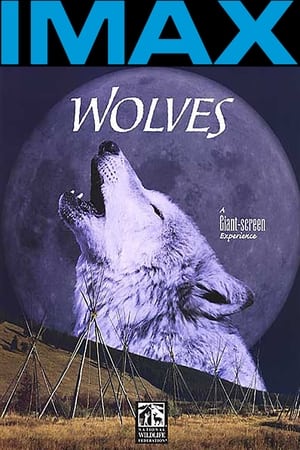 6.3
6.3Wolves(en)
A look at the great wolf debate with comments and views from people on both sides. It also contains footage of Natives dressing up & doing tribal dances. The link between wolves, bison, and Native Americans; as well as white man's reasoning behind their determination to eliminate bison and wolves from the landscape.
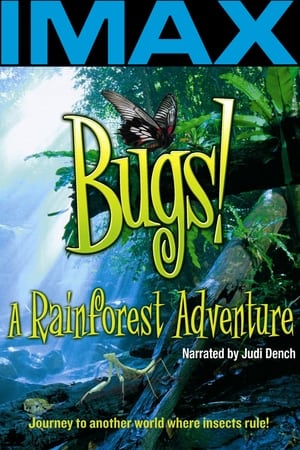 6.2
6.2Bugs!(en)
Explore the extraordinary hidden world of insects, where a leaf weighs more than a car, rain drops feel like exploding hand grenades and a blade of grass soars like a skyscraper. Shot on location in the Borneo rainforest, Bugs! brings the beautiful and dangerous universe of its tiny stars up close and personal with cutting-edge technology that magnifies them up to 250,000 times their normal size.
 5.8
5.8Hurricane on the Bayou(en)
The film "Hurricane on the Bayou" is about the wetlands of Louisiana before and after Hurricane Katrina.
 6.0
6.0El circo(es)
Madrid, Spain, 1949. The Circo Americano arrives in the city. While the big top is pitched in a vacant lot, the troupe parades through the grand avenues: the band, a witty impersonator, the Balodys, acrobats, jugglers, acrobatic skaters, clowns and… Buffallo Bill.
